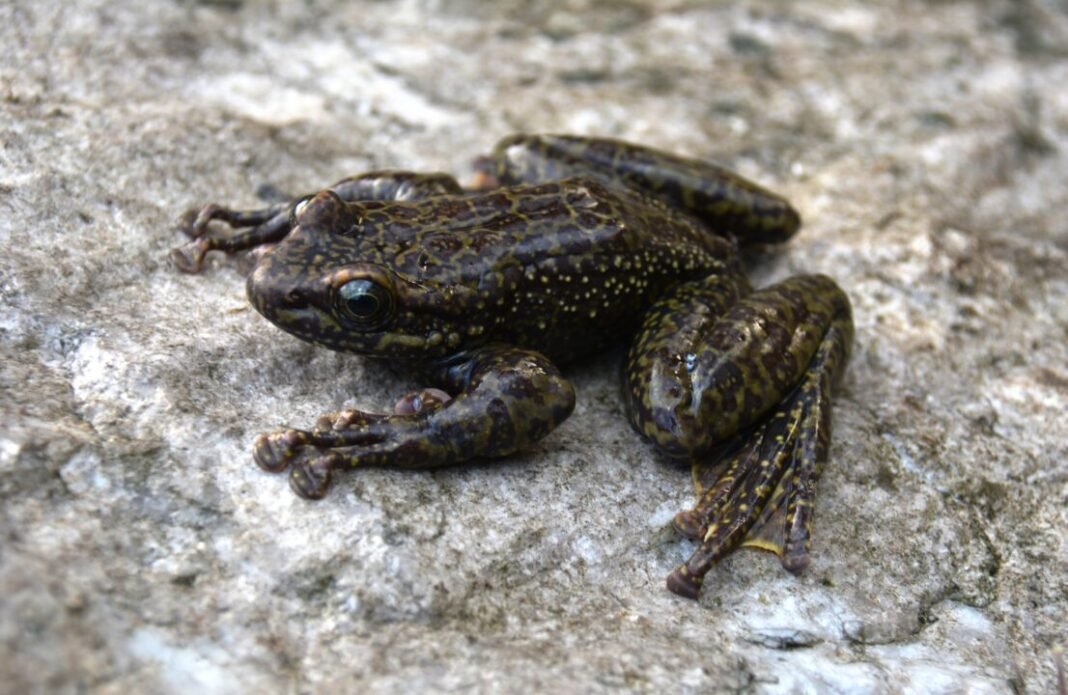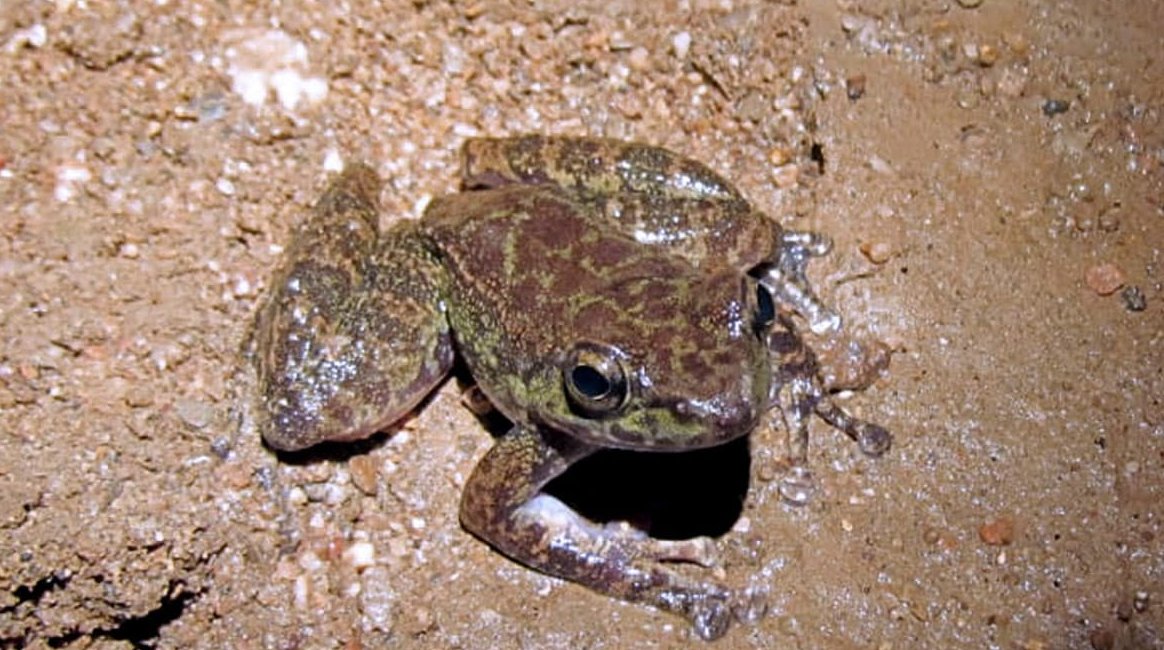HT Bureau
SHILLONG, March 4: Researchers from St. Anthony’s College, Shillong and Zoological Survey of India (ZSI) have discovered three new species of Cascade frogs from the Indian Himalayan state of Arunachal Pradesh.
The findings were published in the recent edition of the research journal, Records of the Zoological Survey of India.
Scientifically all the three new species belong to the True Frog family Ranidae, and these cascade dwelling frogs are classified under the genus Amolops.
These new species are named as Amolops Chanakya, Amolops Tawang and Amolops Terraorchis and these three species were collected earlier from three different locations of Arunachal Pradesh between 2018 and 2019.
Wherein, Amolops Chanakya was collected from Dirang, Amolops Tawang was collected from Tawang, and Amolops terraorchis was collected from Sessa Orchid Sanctuary.
The team that made these discoveries include Dr M. A. Laskar of St. Anthony’s College, Shillong, Bhaskar Saikia and Dr. Bikramjit Sinha of ZSI, Shillong, and Dr K. P. Dinesh and Shabnam Ansari of ZSI, Pune.
The naming of these new species tells an interesting story. While Amolops Tawang is named simply based on the district in which this species was discovered, the name Amolops terraorchis literally refers to the one from ‘the land of orchids’ (terra = land, orchis = orchid, in Latin language), suggesting its discovery from Sessa Orchid Sanctuary, which is the first such protected landscape in the world dedicated to the conservation of orchid diversity.
In science, naming a species after a person is usually considered as paying homage for his/her contribution to society. Hence, the name chosen to name the third species, Amolops Chanakya, is the most interesting. Chanakya (or Kautilya/Vishnugupta) was a 4th century BCE scholar of India who was instrumental in the establishment of the Maurya Empire and the overthrow of the Nanda Empire of Pataliputra (now Patna).
Known for his great military tactics and administrative skills, Chanakya is also famous for his Sanskrit treatise, Arthashastra that still has relevance on economic policies, statecraft and military strategy.
It is indeed apt that a species is named after this great Indian polymath. ZSI is mandated to survey and inventorise the faunal diversity of India and as such, the findings of these new species are also a part of their regular research work.
Although the species of Amolops are morphologically cryptic, wherein identification of species by morphology and colour alone is difficult, in the present study, DNA Barcoding tools are used to justify the new species designations. Adding to this, for the first time phylogenetic tree for the species of Amolops from India has been provided including the molecular data from the neighbouring country species.







